In this article
Diabetes in dogs can be a tricky disease to manage! Whether your dog is having their blood sugar (glucose) levels checked at the vet or you are monitoring them at home, it can be worrying and frustrating when the glucose levels aren’t responding as they should.
If your dog’s blood sugar is still high after their insulin injection, you’re probably wondering: Why is my dog not responding to insulin? More importantly, you want to know what to do if your dog’s glucose levels are still too high.
The first thing to know is that a dog’s blood sugar being high after insulin is not an immediately dangerous or life-threatening situation. A more worrying scenario is when their blood glucose drops too low. If your dog’s blood glucose is not coming down after their insulin, it’s time to book a check-up with your vet. Never make any adjustments to your dog’s insulin dose without discussing it with your vet, and never give an extra dose of insulin before the next injection is due.
Below, we’ll talk about some basic principles of blood glucose levels and insulin response, which will help you understand how they change over the course of a day.

Diabetes and Insulin Injections
If your dog is already having insulin injections, you’re probably already pretty familiar with the disease itself. In a nutshell, there are two forms of canine diabetes: diabetes mellitus and diabetes insipidus. They are very different conditions, linked only by the shared clinical signs of excessive urination and subsequent thirst.
- Diabetes mellitus: is the type we are most familiar with, involving blood glucose and insulin, where either the pancreas is not producing enough insulin, or the body is not responding properly to insulin. In dogs, diabetes does not quite follow the same Type 1 and Type 2 patterns seen in humans and is sometimes categorized into 3 different types.
- Diabetes insipidus: is a rare condition that is completely unrelated to glucose or insulin. It occurs when the brain does not produce enough of a particular hormone (antidiuretic hormone). This causes the kidneys to excrete large volumes of diluted urine, triggering the associated thirst.
Now we know that diabetes mellitus (DM) is all about insulin, but how do the insulin injections work?
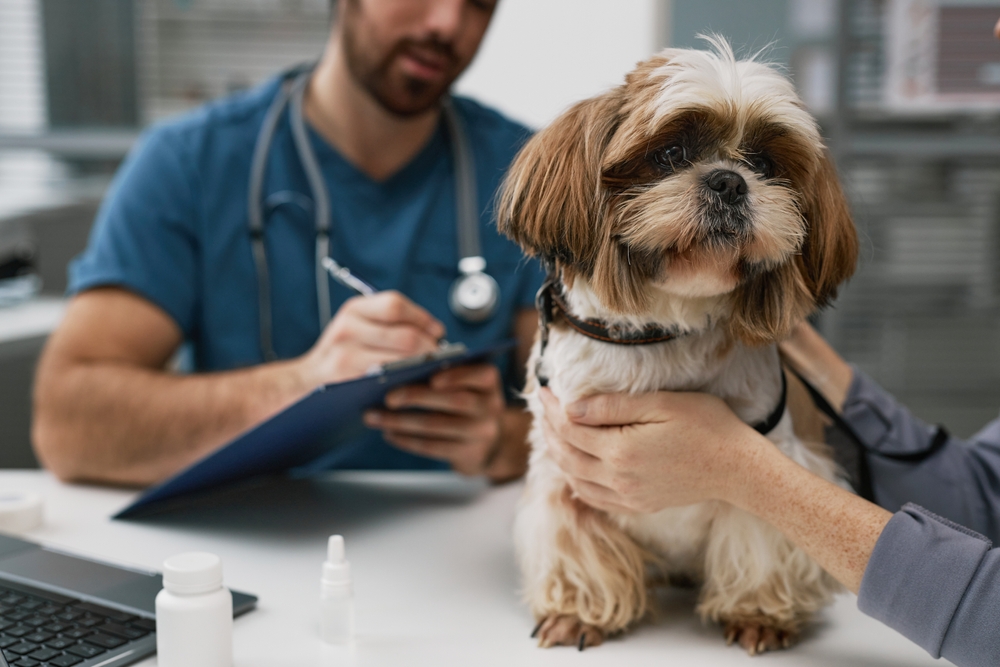
How They Work
In a normal, non-diabetic dog (green line), insulin is released by the pancreas after food causes the blood glucose to rise. This transforms the glucose into a form that can be stored in the body’s cells and used as energy. There will be small spikes during the day when your dog has a meal or eats a snack, but overall, the insulin should keep blood glucose levels between 80-120 milligrams per deciliter (mg/dl), and the lowest level will normally occur just before a meal.
Dogs with diabetes (yellow line) will have blood glucose levels that are consistently above 120 mg/dl but often are not diagnosed until the levels exceed 200 mg/dl, which is when glucose begins to appear in the urine (glycosuria). Their blood glucose levels will still have some of the same fluctuations throughout the day and be lowest before a meal but will stay above the upper normal level.
In a diabetic dog on insulin, we take blood samples every 1–2 hours to create a glucose curve, and the highest point should be around the time their injection is due (every 12 hours), and the lowest level around 4–6 hours after the injection.
The aim of insulin therapy is to keep the blood glucose level below 200 mg/dl to avoid glycosuria without dipping too low. While prolonged high blood glucose (hyperglycemia) is damaging to the body, low blood sugar (hypoglycemia) is dangerous, even deadly. The ideal glucose curve (blue line) of a well-controlled diabetic may dip below the upper threshold of normal (120 mg/dl) but shouldn’t go below the lower threshold (80 mg/dl).
The blood glucose of dogs that are on too low a dose of insulin, or that have other factors making good control difficult (purple line), should still follow a similarly shaped curve, even if the values are higher than we’d like.

Why Is My Dog’s Blood Sugar Still High After Insulin?
If you are taking readings of your dog’s blood glucose at home, it’s important to know the ideal times to take your measurements. There are a number of reasons that your dog’s blood glucose level is still high after they’ve had a dose of insulin:
- You’re not measuring the lowest point (nadir). The peak activity of insulin usually occurs around 4–6 hours after the injection, but in some dogs, it could happen sooner or later.
- The insulin dose is too low. You might be in the stabilization phase and haven’t found the right dose yet, or the amount of insulin being produced by the body has dropped even further, meaning that you need a dose adjustment.
- Your dog has eaten a meal or food that has pushed their blood glucose higher than normal.
- Your dog may have another health condition, which is affecting the insulin dosing or blood glucose levels, e.g., hypothyroidism or Cushing’s disease.
- There is something wrong with the insulin (e.g., stored incorrectly) or the injection didn’t go in properly.
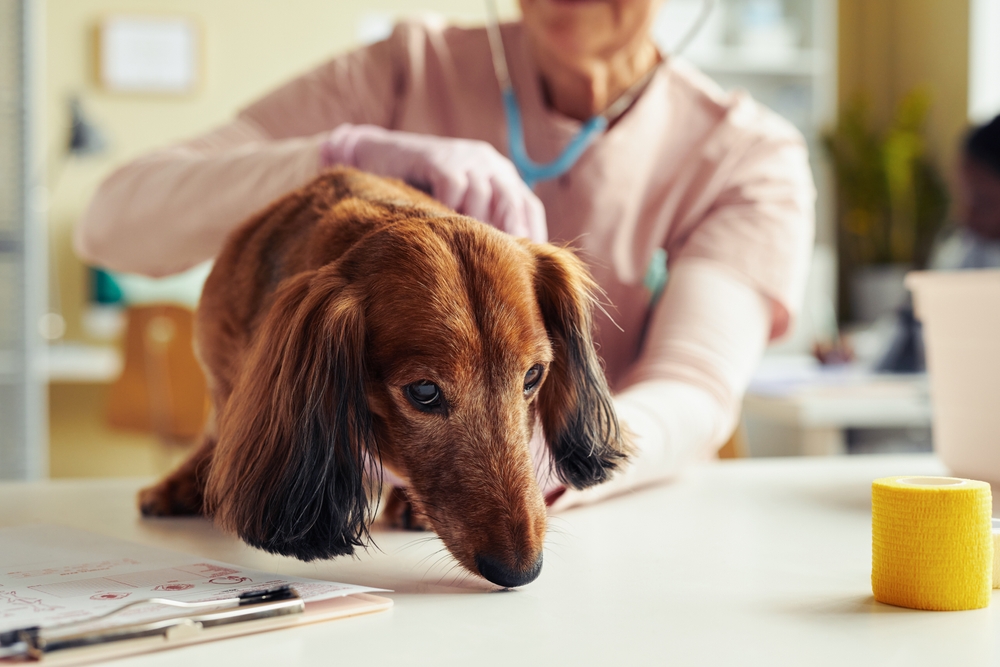
Should I Increase the Insulin Dose?
Never increase your dog’s insulin dose without talking to your vet. Here’s why:
- It may be a transient or one-off problem, and we won’t know that if we make changes.
- There may be another health condition affecting their blood glucose levels.
- If their blood glucose goes too low, it can be very dangerous.
| Personal story: I once had a patient whose owner kept making tiny changes to his insulin dose every week, and each time I saw him, instead of being on 7.5 units, he was having “7.8 and a bit” or “just over 8” and it became really difficult to track his disease. There will always be hourly, daily, and weekly fluctuations, and we’re never going to have perfect numbers all the time. By altering the dose here and there, we couldn’t follow any sort of patterns or get an idea of how stable the dog actually was. It would have been much better for them to get in touch so that we could be on the same page, rather than having to play catch-up at every check-up! |
Fructosamine
You may already be familiar with this test, and it is often used to confirm a diagnosis of diabetes or monitor patients who have been stable for a while. Put simply, fructosamine levels give us an idea of what your dog’s blood glucose levels have been, on average, over a period of several weeks.
High fructosamine levels indicate poor control of diabetes, and low levels can indicate that there have been periods when your dog has been hypoglycemic. This is often a better way to get an overall picture of your dog’s disease and indicate when it’s time to do a glucose curve. It also shows us that, in the big scheme of things, a single reading doesn’t tell us the whole story.

Frequently Asked Questions (FAQ)
I Missed a Dose of Insulin. Should I Give a Double Dose Next Time?
No. It is much safer for your dog’s blood glucose to go high for a short time than for them to become hypoglycemic. Just give them their normal dose when it is due.
I’m Not Sure if the Whole Injection Went In. What Should I Do?
This is really common. Just like the situation above, just wait until their next dose and give that as usual. If you know for certain that none of the injection went in, you can repeat the dose, but if you’re not sure, it’s better to skip it than to risk hypoglycemia.
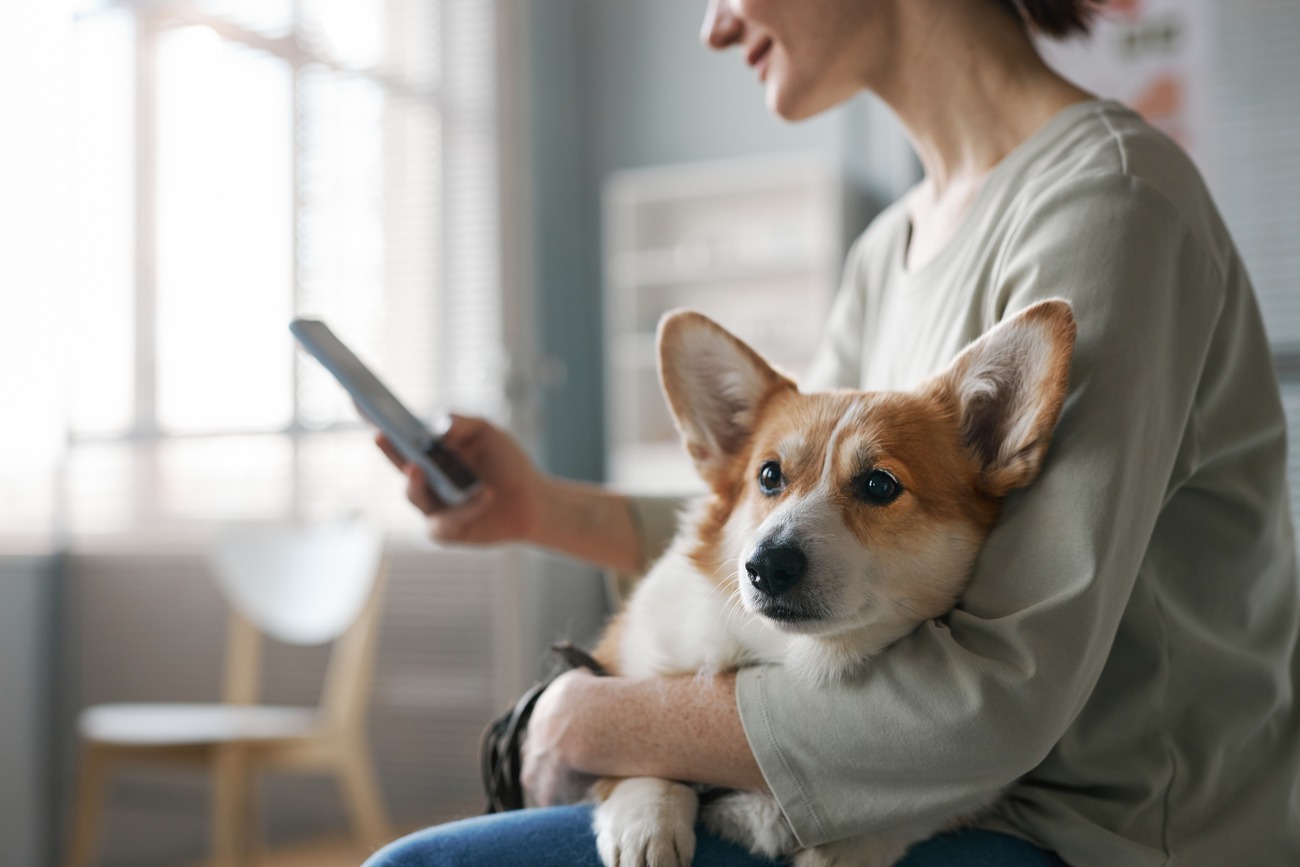
I’m Worried My Dog Might Be Hypoglycemic. What Should I Do?
Whether your dog is showing signs of hypoglycemia, such as lethargy, excessive sleepiness, twitching, or seizure, or if you believe they have been given too much insulin, there are two things to do:
- Contact your vet immediately.
- Rub some honey into their gums—just a small amount will do.
I Don’t Think the Insulin Is Working. Is There Something Else We Can Do?
Diabetic dogs can have other things going on, so it is important to have regular checkups with the vet to monitor their condition, check their urine, and screen for any other illnesses. If it seems that your dog is not responding well to their insulin, there are a number of things to consider:
- Has the poor response to insulin happened when starting a new vial? It may just be a problem with that one, and starting a new vial should tell us if that is the problem.
- There are a number of different types of insulin available, and some dogs respond better to others, so it’s worth talking to your vet about different options.
- Diet plays a big role in managing diabetes. There are some veterinary diets, such as Hills w/d or Royal Canin Glycobalance, formulated specifically for diabetic dogs, while fresh food diets, such as The Farmer’s Dog, contain ingredients that are ideal for feeding diabetic dogs. It’s also important to stick to regular meals to avoid fluctuating glucose levels.

Summing Up
Diabetes is a disease that can change over time, so it is important to keep up with regular vet checkups, but monitoring at home can be a great way to keep tabs on your dog’s progress. If you’re worried that your dog is not responding to their insulin, you can see that there are a number of possible reasons this may occur.
The important thing to know is that hyperglycemia, while not ideal, is far less dangerous than hypoglycemia, so it is important to never increase your dog’s insulin dose without talking to your vet.
Understanding the pattern of your dog’s insulin response can help you know the best times to measure their blood glucose, and it’s worth remembering that there will always be some fluctuations and changes along the way. Don’t panic if you get an occasional high reading, but if your dog’s blood glucose continues to be elevated despite their insulin injections, it’s time to talk to your vet.
Featured Image Credit: Ground Picture, Shutterstock


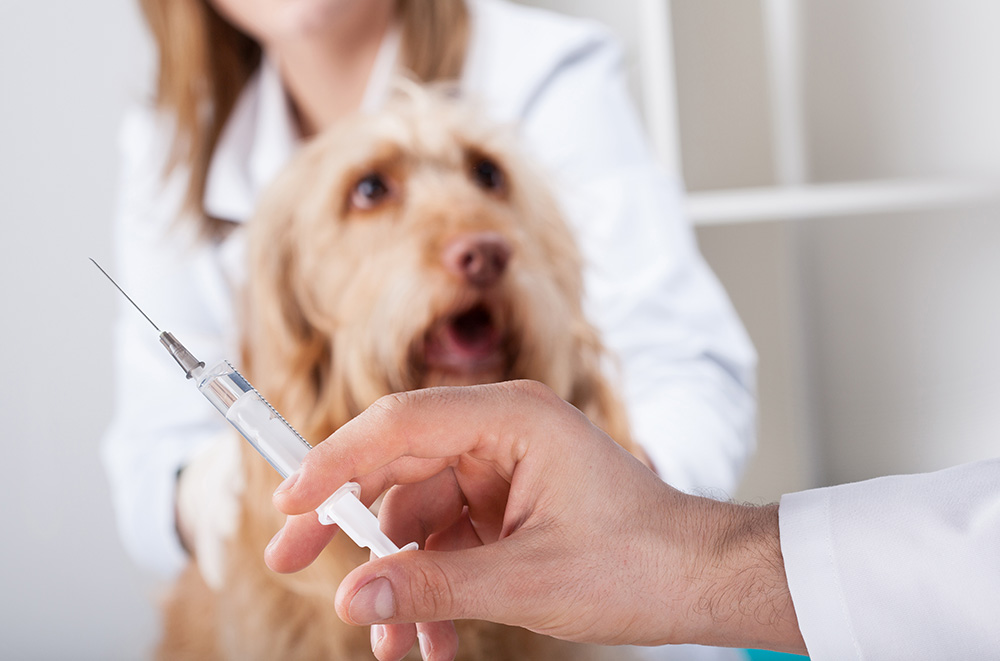




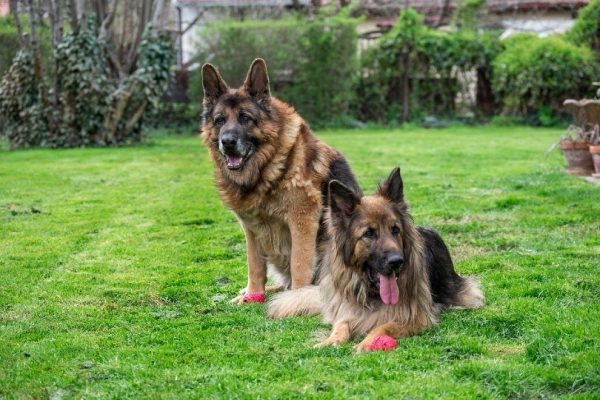


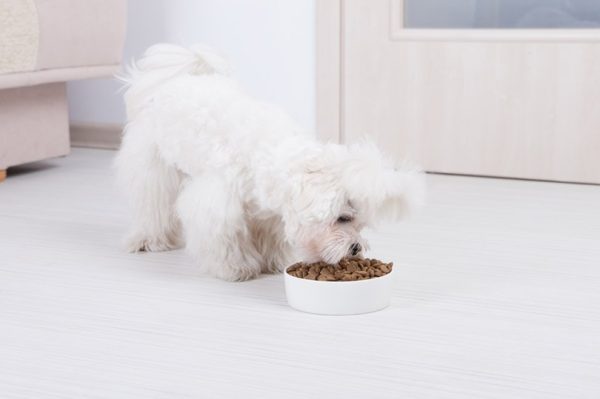

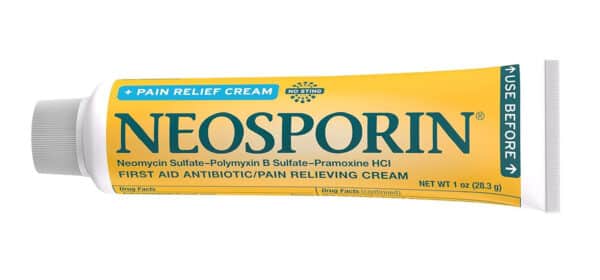

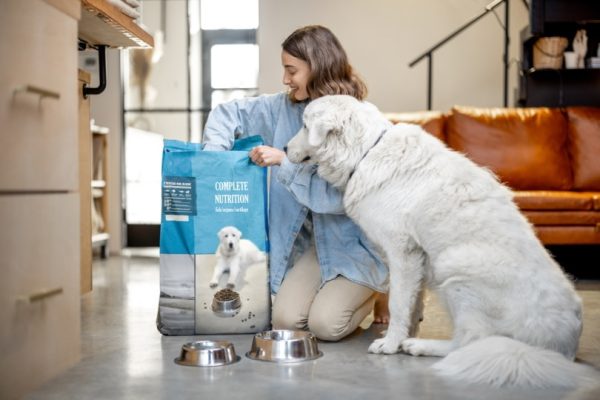
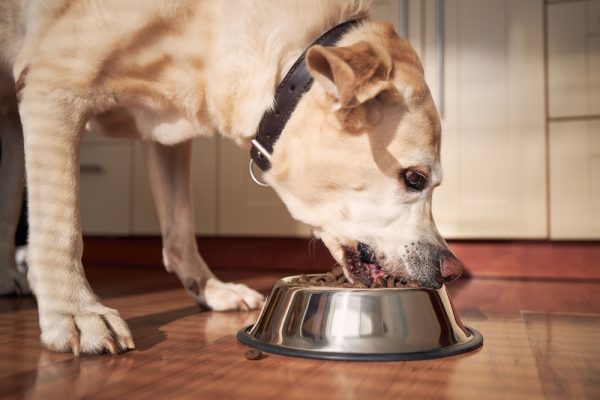




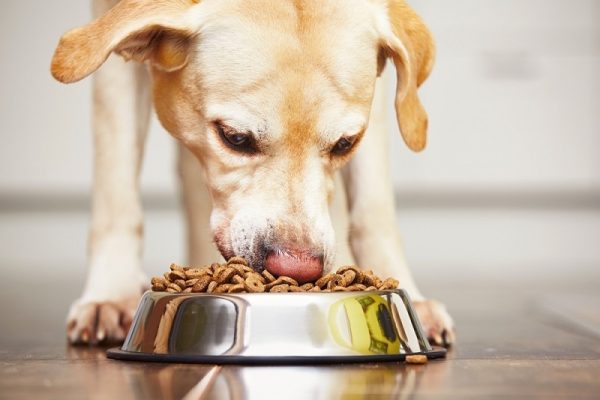


2 Responses
This is a very clear overview of diabetes. The clearest and easiest to follow I have read. Having, a newly diagnosed dog, I am reading lots. So thank you very much indeed Dr Karyn. I will print it for reference.
Hi Lyn,
Thank you so much for your kind words! We’re so glad to hear that Dr. Karyn’s article helped make things a little clearer during what can be an overwhelming time. Managing a new diabetes diagnosis takes patience and care, and it’s wonderful that you’re taking the time to learn as much as you can for your pup’s well-being.
If you ever notice changes in your dog’s condition or have concerns about insulin or blood sugar levels, it’s best to check in with a veterinarian, you can easily connect with one of our experts online through PangoVet.com for personalized advice 🙂
Thank you again for reading and for being such a dedicated dog parent!